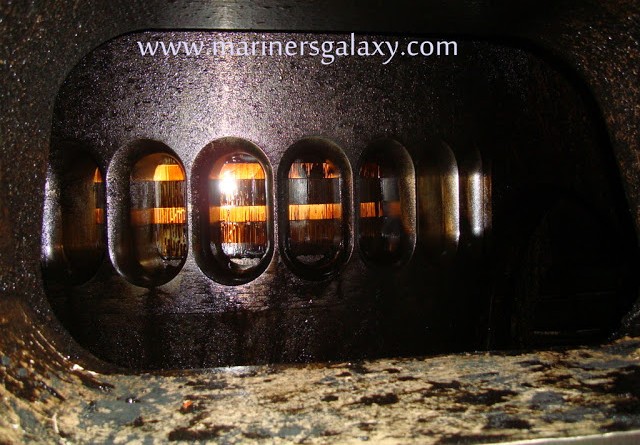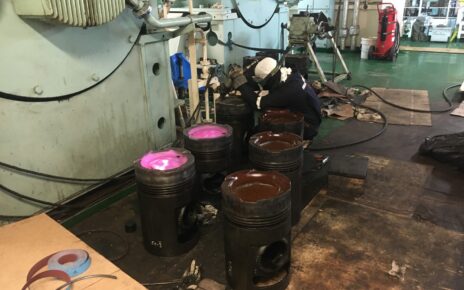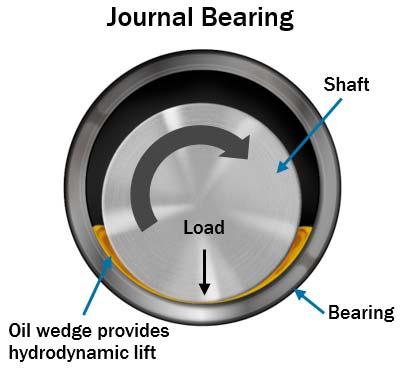Actions for scavenge space fire have been discussed in this article, which will cover all the general actions that needs to be carried out in case of scavenge space fire occurs. If you want to know what causes such kind of fire and also what are the reasons for the same, please go through the link which is given below. It covers the reason and detection of such fire in detailed manner.
Action For Scavenge Space Fire
Following are the sequence of actions that needs to be carried out:
- Inform the bridge about the situation and reduce the engine load slowly and at the same time measuring the temperatures all around the scavenge space.
- Lift the fuel pump of that particular unit and shut of the fuel inlet valve to the unit.
- Increasing Lubrication and Cooling for the affected unit is to be increased as higher temperatures will be there and it needs to be cool down. Also need more lubrication as cylinder oil will be burned away because of fire.
- No personal should stand near the spaces as it is not safe to do so.
- Also make sure that all the drains coming from the scavenge space needs to be closed as they might be dangerous for the tank it drains to and also personal around.
Note: If the fire is not extinguished after doing such actions, then it needs to be extinguished by the present fire fighting system present on ship.
Caution: Even if the fire is put off by itself after following the actions that are mentioned above, engine should be stopped and cool down. Also maintain the cooling to the optimum limit.
If fire does not go by itself
Following actions to be performed in case fire is not extinguished by itself
- Stop the engine and cover the turbocharger suction filter with a canvas, so that no fresh air comes in.
- Set up the line for the steam or Co2 release inside the scavenge space.
- Close all the drains and release the fire extinguishing media.
- Maintain the cooling of the engine.
- Open the crankcase doors and also the scavenge space door for inspection.
- Carry out a thorough inspection of the scavenge space and crankcase.
- Following things needs to be checked inside the spaces
- Check the Piston and top land.
- Check the Piston rings for clearance, breakage and sealing.
- Check the liner for any scoring marks and also the surface condition.
- Clean the space properly, including drains.
- Check the Piston rod and stuffing box for any kind of damage.
- Check inside the crankcase for damage like bending, bearing clearances or damage of the same. Deflection of the webs of the affected unit should also be taken.
After problem have been identified and been fixed. Run the engine on low load and check the parameters.
Note: Don’t flood the scavenge space with too much steam as when it is condensed, water droplets sticks to the combustion spaces wall and can cause cold corrosion.
This was all from this article, hope you enjoyed the information conveyed here.



